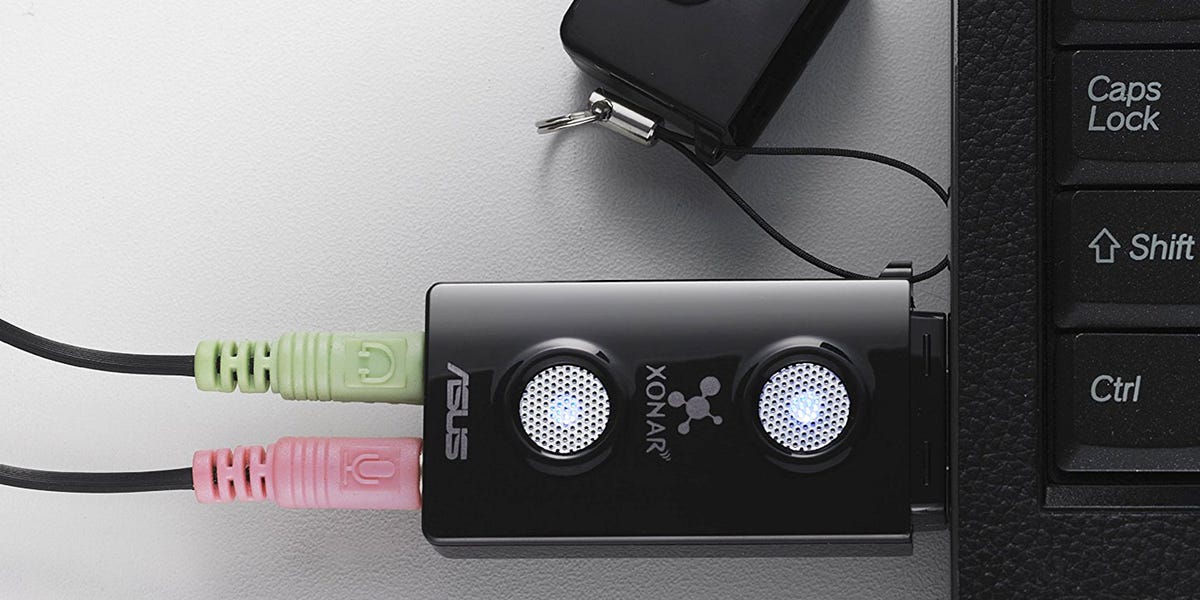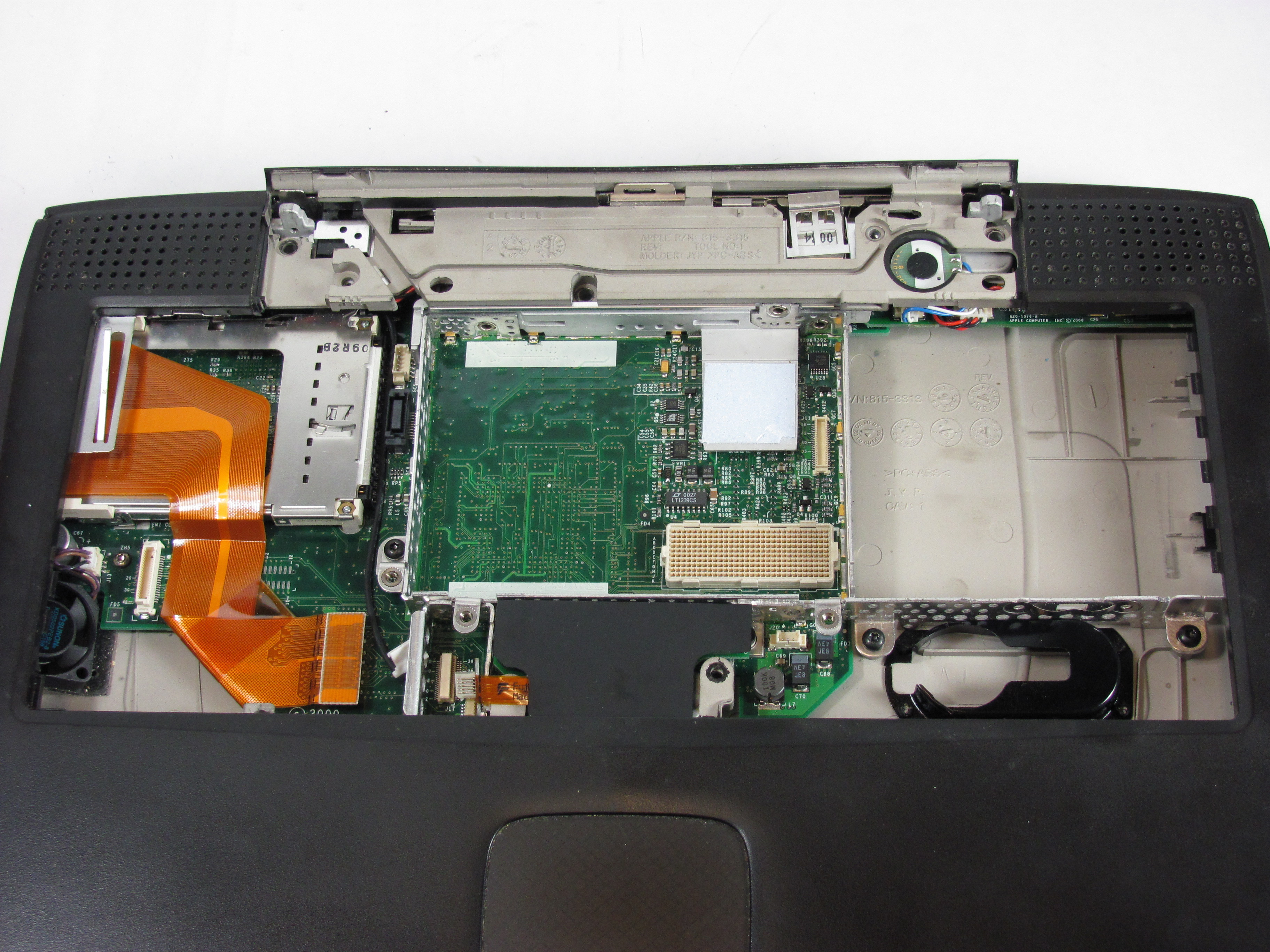The best sound cards for music production are crucial assets for music composers, sound engineers and professionals who cater to the extremely demanding audiophile market. Each sound card is being marketed to cater to a different audience and the quality they deliver may vary based on conversion rate, and type of hardware components used, among. The best USB sound cards can drastically improve the media playing capabilities of your device, no matter if it's a PC or Mac, a desktop or laptop, or even a tablet or games console. This external sound card is suitable for such OS as Microsoft Windows 10/8/7/Vista, Mac 10.6 and higher. Still, delivering your voice isn’t the only advantage of this card. It’s also good at sounding (it’s prior function, actually) due to Dolby Digital Live technology. The integrated audio output of newer computer motherboards have improved a lot over the years. So much so, in fact, that for the average gamer, you wouldn’t really need an audio card. However, if you are an audiophile, dedicated esports gamer, or just looking to make your own media center, then there is definitely some value to be had here.Dedicated sound cards provide far more sound.
Mac os x versions download. But if you want to watch your favorite videos without the possibility of connecting to the internet, you need a reliable YouTube downloader for Mac. Everything is fine while you have a strong Wi-Fi connection. However, one of the biggest flaws of YouTube is the lack of a download button. YouTube Downloader for MacYouTube is currently the most popular video streaming website. Hundreds of millions of users access it to watch and create new content.

You can create Aggregate Device to increase the number audio inputs and outputs available at the same time. You can also use an Aggregate Device if your application doesn't support separate input and output devices.
With Logic Pro, GarageBand, and MainStage, you can use a separate device for input and output. For example, you can use a USB microphone for input and the headphone jack of your Mac for output. Some applications not manufactured by Apple don't support separate input and output devices.
Sound Card For Mac Pro 2010
Set up an Aggregate Device


When you create an Aggregate Device, make sure to connect all external audio interfaces first.
Macbook Sound Card
- From the Finder, choose Go > Utilities. Open the Audio MIDI Setup application.
- Click the Add (+) button on the bottom-left corner in the Audio Devices window and chose Create Aggregate Device.
- A new Aggregate Device appears in the list on the left side of the window. To rename the device, double-click it.
- With the new Aggregate Device selected, enable the checkbox labeled 'Use' on the left side of the Audio Devices window. Do this for each device you want to include in the Aggregate Device. The order in which you check the boxes determines the order of the inputs and outputs in applications like Logic Pro and MainStage. For example, the first box you checked will be inputs one and two, the second box checked will be three and four, and so on.
The list on the right shows the currently connected audio devices and the number of input and output channels for each one.
- To use the clock of a device as the master clock for all the combined devices, choose the device from the Clock Source menu of the Aggregate Device. Choose the device with the most reliable clock.
- If your audio devices all work with word clock, connect them together using a word clock cable. Connect the cable from the device you designated as Clock Source to the input of each other device. Refer to your audio device product documentation for specific details.
- If any of your devices don't work with word clock, select the Drift Correction checkbox for any devices not designated clock master.
Use an Aggregate Device with Apple music creation software
- Open your application.
- Do the following depending on the application you're using:
- For Logic Pro, choose Logic Pro X > Preferences > Audio, then select Devices.
- For GarageBand, choose GarageBand > Preferences > Audio.
- For MainStage, choose MainStage > Preferences > Audio.
- Choose the Aggregate Device from the Output Device pop-up menu. Logic Pro and GarageBand automatically set the Input Device to the match the selected output device, which you can change if you want to use a different input device. In MainStage, you must manually select the input device.
- In Logic Pro and MainStage, click Apply Changes.
GarageBand automatically switches to the new input device.

Use the Aggregate Device as the sound output of your Mac
When you set the Aggregate Device as the sound output for your Mac, sounds from other apps on your Mac play through the Aggregate Device. The Aggregate Device also becomes the System Setting option in the Output and Input Device menus of your Apple music creation apps. Mixpad for mac.
Sound Card For Mac Pro
- From the Finder, choose Go > Utilities. Open Audio MIDI Setup.
- Control-click the Aggregate Device in the left column, then choose 'Use this device for sound output' or 'Use this device for sound input.'
